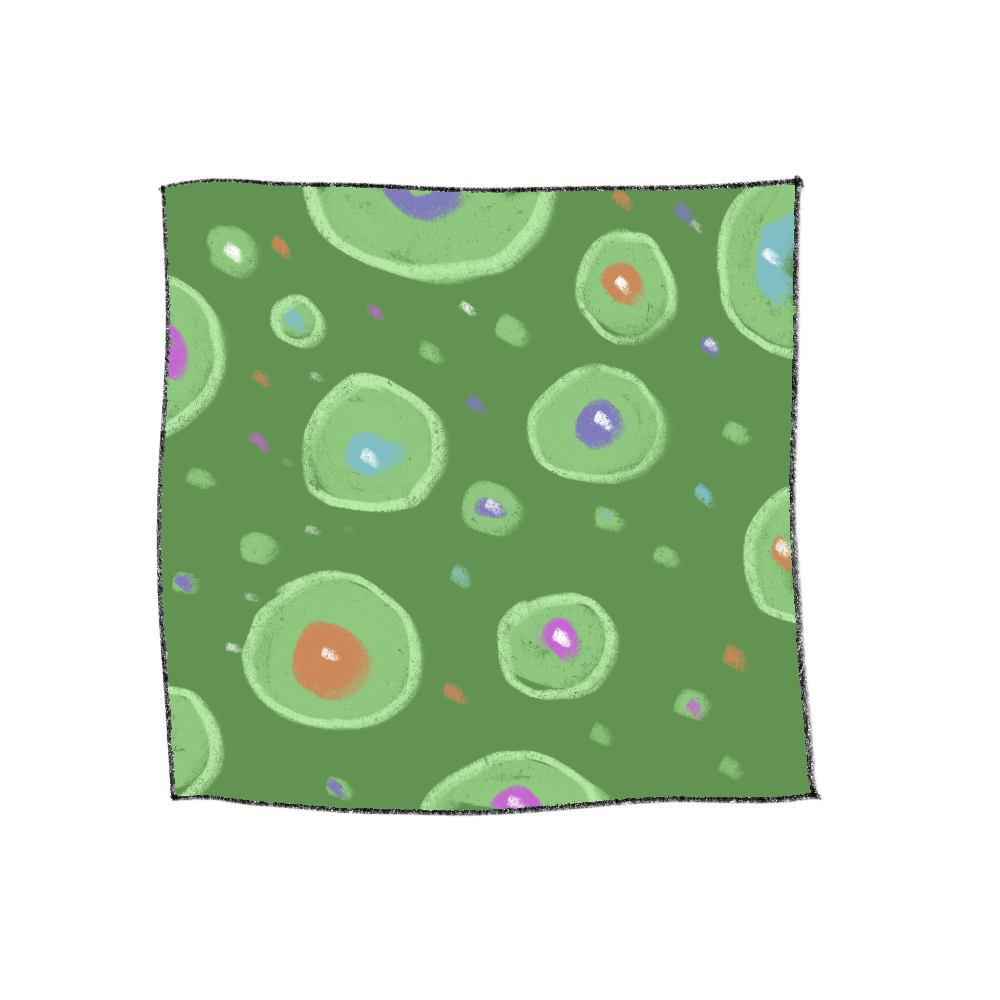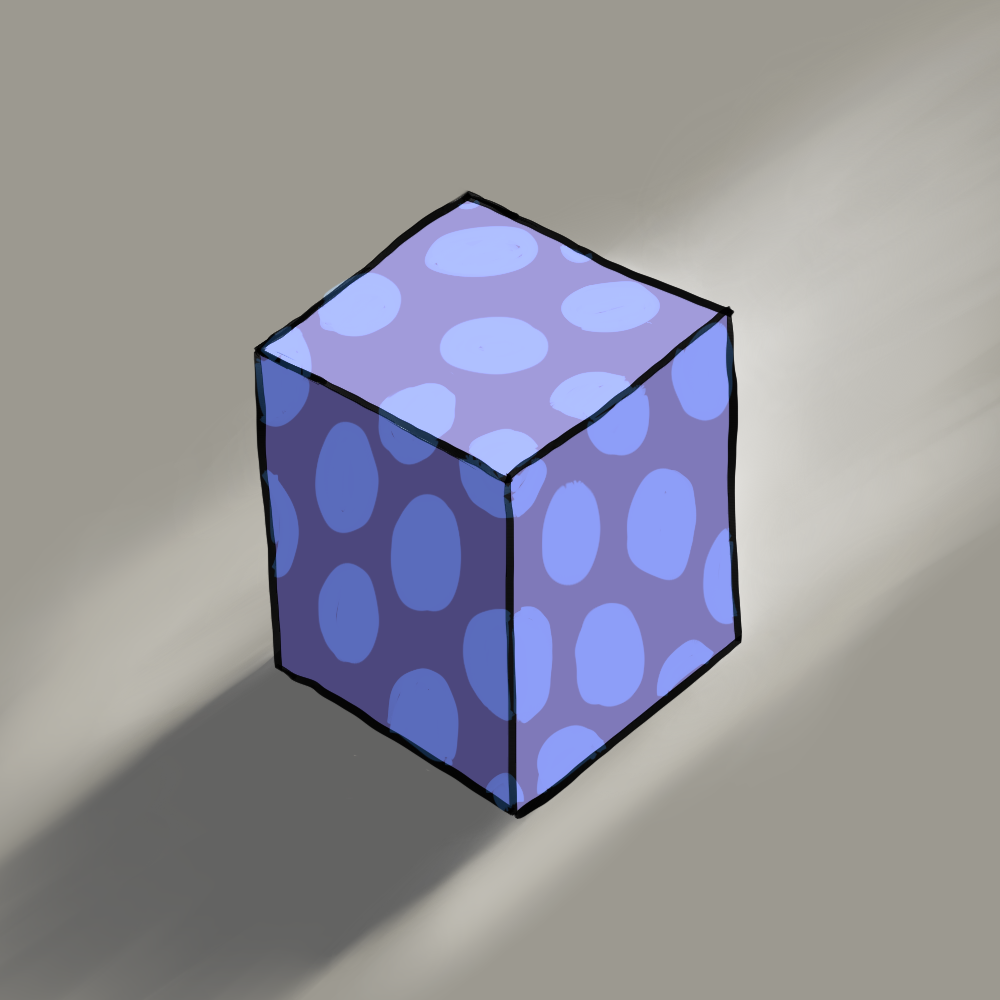
A Framework for Focus | Incremental Complexity
Tame the Distracted Mind
I'm a doodler. No doubt about it. In high school, the margins of my notebooks were always filled with random doodles. I found ways to be distracted long before social media came along. The problem is, while I'm good at creating spontaneous doodles, focusing deliberately on completing a project is a different story.
This realization led me to study focus and procrastination in the context of creativity, particularly illustration.
Let's Start with Questions
What allows someone to focus, and what stands in the way? How can I maintain momentum to complete a project over time? What are the conditions under which I’m most focused, and when do I find myself drifting?
Reflecting on my work, I noticed a pattern: I can often focus when working for a client, but when I sit down to come up with an idea for a personal project, I’m overwhelmed by the limitless universe of choices. Then, I’m pulled back to the distraction of doodling.
First Principles
I recently learned about the concept of "First Principles," which involves breaking down a problem into its most basic components. I decided to apply this idea to my creative process. I asked myself, what is the simplest project I could undertake that I wouldn’t have trouble finishing? What if I approached my own projects as if I were my own client, assigning myself simple, clear tasks?
By starting small, I could create a sense of accomplishment. Each completed project would build my confidence and focus, much like advancing through the levels of a video game. This method would allow me to introduce complexity gradually.
Leveling up the Creative Process
I set off to put the theory to the test by starting super simple by drawing a basic square with a pattern. Here’s the results.
Level 1 | Square Series
Create a basic square shape
Add a color pattern
Create five variations
Result:
As simple as it was, I felt the feeling of accomplishment. I found I enjoyed making variations within these constraints. Level one accomplished. Dopamine reward delivered. Onto the next level.
Level 2 | Basic Cube Series
Create a basic cube
Add a color pattern
Add a single light source
Create five variations
Result:
I start with a basic outline, then progress to a more realistic style with textures. As I was working on the third and fourth of the series, I was immersed, finding myself in a state of flow. My mind wasn't looping back into endless doodling; instead, it thrived within the set limitations, enjoying the novelty of each variation.
Level 3 | Three Shapes Series
Create an image with 3 shapes
Add a color pattern
Add a single light source
Put the same in a room
Create five variations
Result:
With each iteration, I add a unique variation from the previous one. First, I started with the basics. In the second, I added curves and reflections. With the third image, I try something more organic. In the fourth, I created the sense of anticipated motion with the ball about to drop into the cylinder. In the fifth, I created contrast between the elements and made it more abstract.
Again, I found myself in a state of flow. I'm not only succeeding at focusing to finish a single image but also am able to finish a complete series. It was a comfortable balance between limitation and novelty. It’s not that I wasn’t able to complete projects before this exercise, it's that I wasn’t consistent and predictable. Onto Level 4.
Level 4 | Shape Characters Series
Create two multi-shaped characters
Add color and patterns to each
Add a single light source
Put them in a room
Create five variations
Result:
In the first, in addition to creating characters out of shapes, I thought it would be interesting if the characters were interacting giving the image some life. The image could be a parent reaching out to a child. There's also something to being creative within limitations. It's almost as if these two opposite forces are needed to be creatively productive.
In the second image, I experimented with proportions using contrast in size, juxtaposed with a repetitive image. It could be giving the impression that the smaller character represents the mind of the larger character.
The third one, to be honest, got a bit away from me. I didn't like it as I was doing it, but I had a rule - If I start, I finish. This also is good focus training to follow through. Turned out to be interesting.
I enjoyed the fourth image more, and it was more whimsical. This is why I think it’s important to keep moving on to the next image regardless of how the previous project went.
The idea behind the fifth one was to have some contrast in size and color. The larger fish is almost unnoticed at first glance. The orange fish color is a bright, complementary color to the blue. Even though the purpose of the basic shapes was a practical element of the experiment, it turned out to have a style all its own.
Observations Beyond Art
As I was working, this framework where you have a limited design, a process and iteration seemed familiar and two analogous examples beyond art came to mind.
Manufacturing
Take the example of auto manufacturing. First, a design is created, and then it is manufactured in multiple variations. It would be impractical to have every car be unique. Similarly, the parameters of each level create the design limits, and then it's easier to create multiple images with variations. After a model is design and developed for a year, a new model with new design parameters is created. Over time, the auto has evolved from the Model T to today's modern marvels.
Biological Evolution
Take a species, the human being in particular. Each has a base design with basic parameters: two eyes, ears, arms, legs, hands, etc. But within those design limits, there are limitless variations. The parameters for an art project serve as the DNA blueprint of the project, and then through those parameters, each unique project is created, similar to the function of RNA processes that create an organism. Nature itself is a designer that uses these same principles.
Conclusion
Overall I feel like that experiments was a success. By creating a framework and reducing a process down to its fundamental parts, I was able to tame my distracted mind and focus. Then I was able to increase small degrees of complexity strengthening my focus stamina. And, although I was constrained with limits, there was plenty of room for experimentation. By the time I did the fifth illustration of the fourth series I feel like I have established a new level of focus. I’ve moved from lots of doodles and few projects, to being able to produce a significant amount of more projects, while enjoying it as much as doodling.
How do you navigate the creative process? Share your thoughts in the comments below, and don’t forget to follow JCL on social media and join our newsletter for more insights.






















